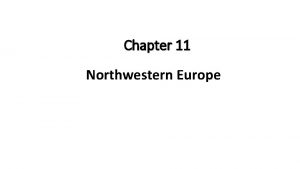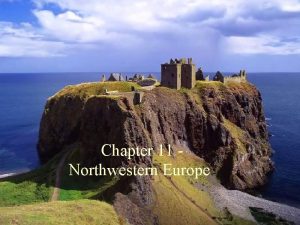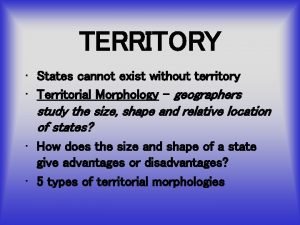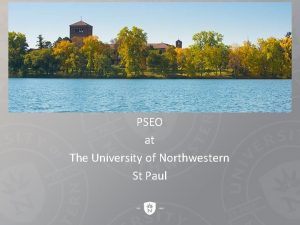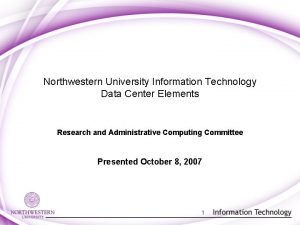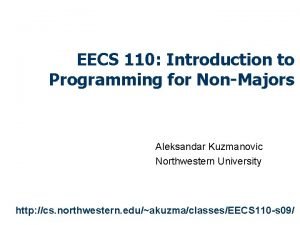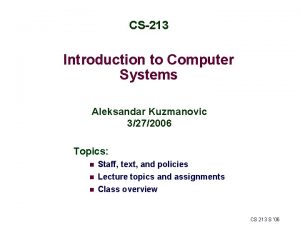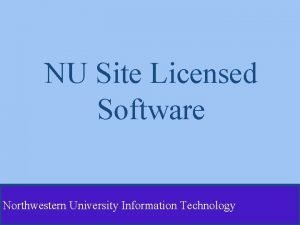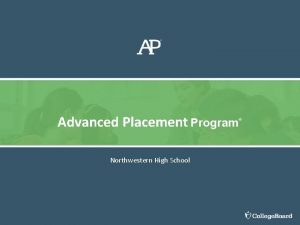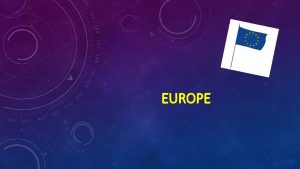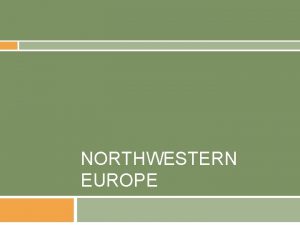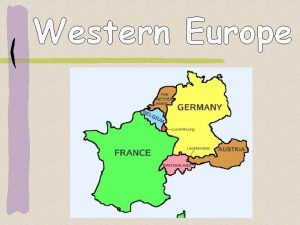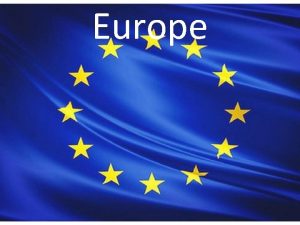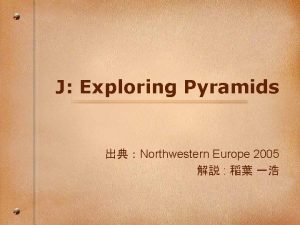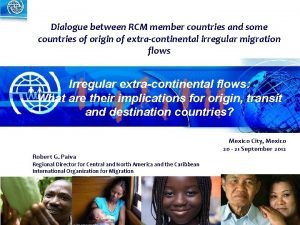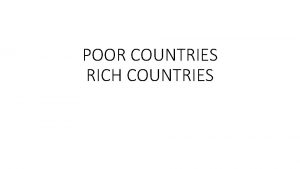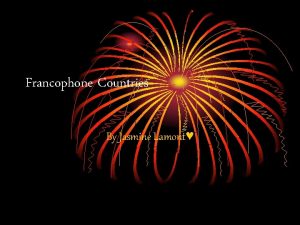Chapter 11 Northwestern Europe Countries of Northwestern Europe
















- Slides: 16

Chapter 11 Northwestern Europe

Countries of Northwestern Europe United Kingdom, Ireland, France, Netherlands, Belgium, Switzerland, Germany, Austria, Liechtenstein, Monaco, and Luxemburg.

LANDFORMS Plains Rivers Oceans-seas Mountains Glaciers Valleys

Northwestern Europe’s Climate • Climatic controls • Warm currents (North Atlantic Drift) • Westerly winds • Differential of heating between land water • Europe’s climate is mild for its latitude • London’s average winter temperature is about the same as Richmond, VA, which is 1500 km (950 miles) farther south. • The British Isles, Scandinavia, the Netherlands, Germany and Poland lie north of the conterminous United States • Most lowlands receive 50 centimeters (20 inches) of precipitation per year: • Average in lowlands is 50 -89 centimeters • A few highland areas receive 102 (40 inches) – 254(100 inches) centimeters per year 4

Dutch built Dikes to control water and take back land from the sea.

Polder: reclaimed lands by the use of Dikes.

Natural vegetation of Northwestern Europe • Deciduous and coniferous trees.

Natural Resources • Rich in a variety of mineral resources • Energy sources – coal and petroleum • Iron ore deposits – Sweden, Alsace-Lorraine (France), English Midlands • Lead -- Sweden • Zinc --Sweden • Scenery – tourist industry 8

The important rivers in Northwestern Europe • Thames River in England • Rhine River in France & Germany • Seine River in France • Rhone River that flows through Switzerland France • Danube River that flows through Germany and Austria.

History of Northwestern Europe • All of Northwestern Europe was apart of the Roman Empire. • The Roman Empire brought specific customs and traditions and Christianity to Northwestern Europe. • Roman Empire ended then kingdoms developed. • After kingdoms City States arrived. • The Pope called on the City States to reclaim the holy lands which is called the Crusades. • The Crusades opened trade routes that eventually led to the exchange of cultural ideas about economics and politics between Europe and Southwest Asia.

• The Dark Ages was the period of time people in Northwestern Europe did not travel outside of their kingdoms. There was no innovation, learning or exchanging of knowledge. • The Renaissance brought new ideas and education from Southwest Asia. • The Renaissance brought major changes in Art, politics, culture, and religion. • For a long time the Roman Catholic church had a lot of power on people and their day to day lives. • After the invention of the printing press people started to question the church. • The Protestant Reformation started.

Protestant Reformation

Catholicism in the 1400 s Roman Catholic Church: Very influential. The church was becoming very extravagant, and worldly. Some people felt church going away from spiritual roots. Individuals in the church abusing the system. Concerns led to the Protestant Reformation Dissatisfaction • Financial corruption, abuse of power, immorality of Clergy. • People’s respect for priests, monks, popes weakened. • Heavy taxation by the church also caused discontent. Taxes to build new churches. Financing Basilica Working Off Sins • Pope Leo X approved • Catholics believed dead sale of indulgences went to purgatory, worked off sins • Needed money for St. committed Peter’s Basilica • Sale of indulgences • Indulgences, pardons widely criticized reduced a soul’s time in purgatory. • Government separate from the church

Martin Luther’s public criticism of the church in 1517 marks the symbolical beginning of the Protestant Reformation. The Ninety-Five Theses • Martin Luther believed selling indulgences sinful • In theses, said indulgences had no power to remit sin • Criticized power of pope, wealth of church • Theses written in Latin, intended for church leaders, not common people Stimulated Discussion • Nailing theses to church door common practice; doors used like community bulletin boards • Theses stimulated discussion among university intellectuals • Published, distributed across Europe, widely read by intellectuals, clergy, laypeople • Desire for reform grew

Luther’s Message • Following publication of theses, Luther continued to study, debate • Contradicted basic Catholic beliefs, insisted God’s grace cannot be won by good works; faith alone needed • 1519, declared only head of Christian Church was Jesus, not Pope Empowered the People • Insisted that individual Christians should be own interpreters of scripture, Christian practices should come only from Bible • To aid this process, Luther translated Bible into German • Translation allowed more people to read Bible without aid of clergy The result of the Protestant Reformation decreased the power of the Roman Catholic Church and introduced Protestantism to Europe.

The Enlightenment Main Idea European thinkers developed new ideas about government and society during the Enlightenment. Reason: a cause, explanation, or justification for an action or event. • Educated people throughout Europe, beyond, inspired • People believed that world problems could be solved using reason • New ideas debated in coffeehouses, public spaces • Writers published ideas in books, magazines, pamphlets
 What countries are northwestern europe
What countries are northwestern europe Northwestern europe countries
Northwestern europe countries Smallest countries in europe
Smallest countries in europe Northwestern nucore
Northwestern nucore Chris andrews northwestern mutual
Chris andrews northwestern mutual Northwestern university mn pseo
Northwestern university mn pseo Northwestern university information technology
Northwestern university information technology Northwestern university computer engineering
Northwestern university computer engineering Northwestern redcap
Northwestern redcap Eecs 110
Eecs 110 Cs213 northwestern
Cs213 northwestern Coniferous trees adaptations
Coniferous trees adaptations Yan chen northwestern
Yan chen northwestern Nuit northwestern
Nuit northwestern Northwestern discovery program
Northwestern discovery program Yan chen northwestern
Yan chen northwestern Longevity game northwestern mutual
Longevity game northwestern mutual
